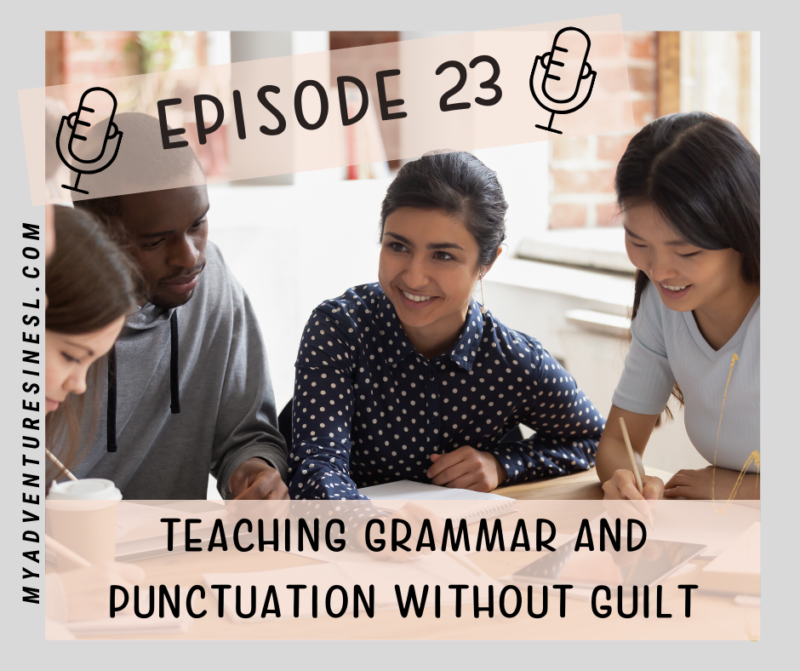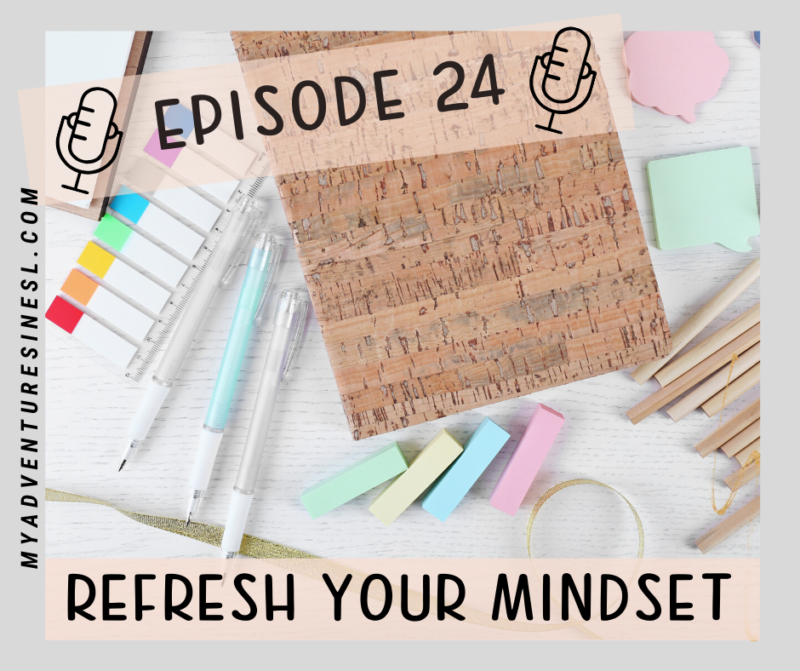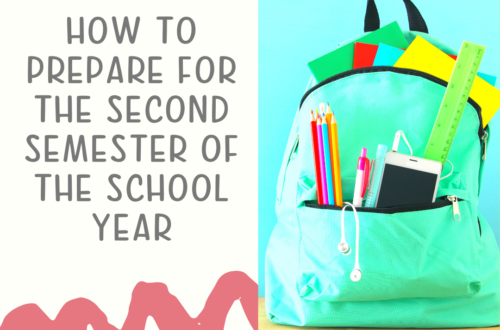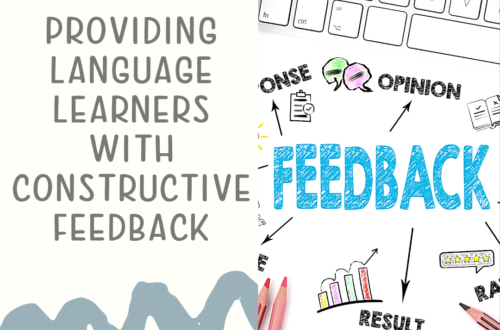
Teaching Grammar & Punctuation without the Guilt
Hey everyone! Welcome and I hope you all had a fantastic week at school. This past week was our first week back at school, and I didn’t realize how much I missed my ELLs. I would love to hear about your 1st week back adventures.
Have you ever been confused on how to include grammar in your lessons? While you might not want to do standalone grammar lessons, there are so many engaging ways you can include grammar in your lessons. So try not to shy away from grammar lessons with your ELLs, embrace them.
As with many teachers, I usually learn about my student struggles through my “teacher radar” and assessments. Recently my students were reading a novel and I pulled a sentence for them to dissect. It was the beginning of the year and I asked my students to do what I thought was a simple tasks: identify what they notice about the grammar. My teacher radar went off immediately when I saw the blank looks and blank paper. I started to walk around and the students papers confirmed my suspicions. My students were struggling. In addition, I analyzed a summative assessment that included language. Afterwards, I knew my students needed help in this area. I no longer wanted to skimp over the need for grammar and punctuation for my students.
When I was in school, grammar and punctuation was taught in isolation. Meaning we had worksheets and separate grammar lessons not connected to the text. I inquired during my first year of teaching how to teach my students grammar and punctuation. I was strictly told NOT to teach it isolation and that was a big no-no. This made me feel guilty about wanting to teach my students how to punctuate a sentence and the simple basics of grammar.
Knowing that teaching in isolation had no true benefits to my students, I started to think about how I learned. One way I learn is through modeling. You may have heard me mention that every day I have a daily message to my students. In this daily message, I started modeling for the students grammar, complex sentence structures and correct punctuation and capitalization. I started to notice that my students were picking up my good habits in their writing and in their speaking.
I also discovered in this process that they needed more practice with these skills. That is when I started explicitly teaching the students. I knew that I didn’t want to take the whole class period, and then I heard about mini-lessons through a coach. She suggested taking 5-10 minutes to explicitly teaching a concept. I immediately started implementing this in my classroom.
My third discovery happened while I was doing a read aloud with my middle schoolers. I asked them what do they notice about the reading. The next answer shocked me! The student said, “I noticed a compound sentence.” Then another student said she noticed a complex sentence. I was like “WOW” “OKAY” My students are actually analyzing the structure of the authors writing. Then I started to think…students learn by seeing modeling and implementing it themselves.
So here are some strategies that you can do with your ELLs to start implementing grammar and punctation without any guilt.
Model for your students everyday grammar and punctuation.
This can be through bellringers/do nows and exit tickers. You can even write your students a message with various sentence structures. After the Do Now, have the students come to the board to make corrections or share what they notice about the sentences.
Implement mini-lessons in your classroom to allow you to explicitly teach the needed skills.
For example, this school year I noticed my students were struggling with identifying the verbs and nouns in a sentence. To help support them I explicitly taught them the parts of speech.
Use literature and text to expose and teach your ELLs grammar.
One of my favorite activities to do with this is mentor sentences. A mentor sentence is a sentence pulled from a reading. You can then have the students dissect the sentence by sharing what they notice about sentence, correcting the sentence and even rewriting. When you are doing a read aloud stop ask your ELLs what do they notice and wonder about the sentence structure, grammar, punctuation, and/or the word choice. Here is a link to Free Middle School Mentor Sentences by The Hungry Teacher
Now amazing educators here are your next steps:
- Look at your lessons for the upcoming week and incorporate one of these strategies into your lessons.
- Share with me on Facebook or Instagram your win after incorporating these strategies.
I would love to know how you are incorporating grammar and punctation into your daily lessons? Please leave a comment below of how you are doing grammar and punctation with your ELLs.




